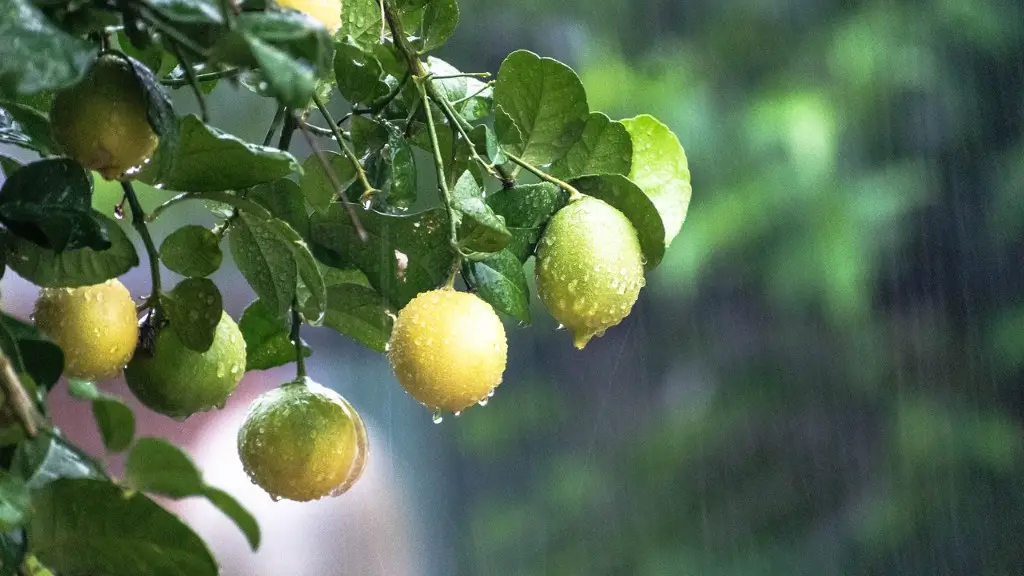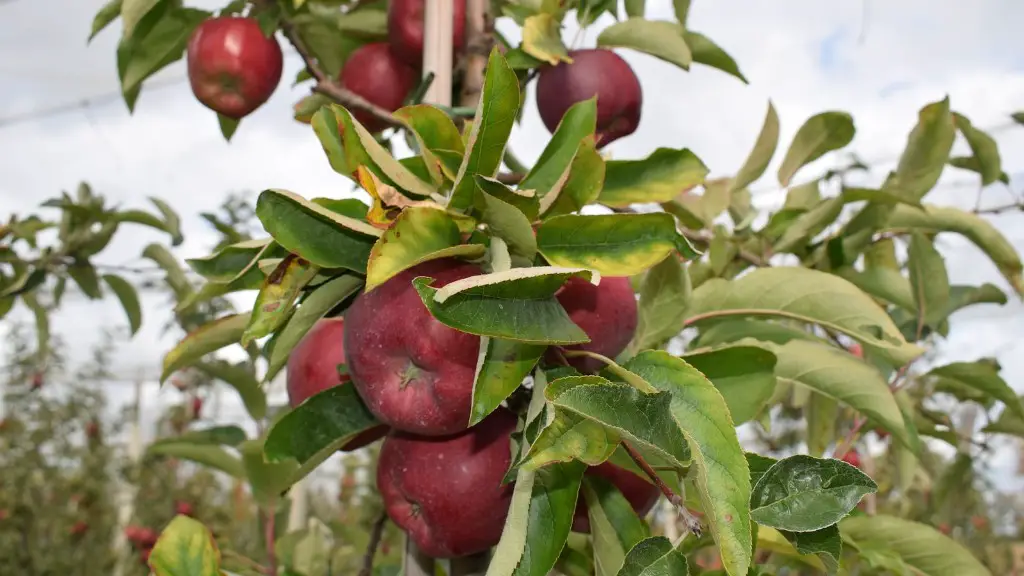Planting a lemon tree outside can be a great idea to enjoy some delicious, juicy fruits. However, the success of this venture depends on the locality, seasonal temperatures, and the variety of lemon tree cultivated. It is important to know whether your lemon tree can survive long and cold winters before planning a planting spree. Let’s evaluate the pros and cons of planting your lemon tree outside.
Climate Requirement for Growing a Lemon Tree Outdoors
Lemon trees require several hours of sunlight throughout the day and thrive above 60°F winters. If the winter temperature drops below the limit of the varieties you’ve planted, chances are it won’t bear fruit. However, the Mediterranean climates that offer mild winters are suitable for lemon tree growth. Thus, research your local temperature and climatic conditions to determine whether your lemon tree can outlast the chilly winters.
Which Varieties of Lemon Tree Thrive Outdoors
Most trees require a 600 chill hours, below 45°F to produce lemons for harvesting. Some of the varieties that can thrive against these temperatures and bear fruits include ‘Eureka’, ‘Lisbon’, and ‘Meyer’. If you love northern grown lemon trees, ‘Lemonade’ is a brilliant cold hardy variety. Besides, there are lots of dwarf varieties that can withstand low temperatures. So, select a variety that can bear fruits even amidst the winter chill.
Protection Tips for Planting Lemon Tree Outdoors
Even if you’ve chosen a variety that can bear fruits amidst cold winters, harsh weather may damage the tree. Since lemon trees need protection in low temperatures, provide some insulation with some water-resistant fabric to keep the tree warm. Apart from that, you can use a burlap wrap during frosty nights to protect the young trees.
Best Location for Growing Lemon Tree Outdoors
The best location for growing lemon trees outdoors is a sunny spot where the morning sun can’t evaporate the dew too quickly. Any location with an average annual temperature, 6 to 8 hours of direct sunlight, and enough water can work great. Avoid cold winds and ensure the site is protected from strong gusts.
Preparing the Soil for Planting Lemon Tree Outdoors
The soil should be well-draining and should be able to retain water to avoid drought. It should contain humus soil and neutral pH because the acidic content may cause a burning sensation to the root tips. Add some compost to the soil to break down the clay soil and create an environment with plenty of air pockets. Lastly, maintain a consistent soil moisture.
Fertilization Strategies of Lemon Tree Outdoors
Lemon trees benefit from fertilizer with a balanced nutrient formula. The fertilizer should contain equal amounts of micro and macronutrients like nitrogen, potassium, and phosphorous. If the micro-nutrients are not in balance, it may lead to the yellowing of leaves, blossom end rot, or reduce the vigor of the plant. The best way of fertilizing is to use a slow-release formulation so that the nutrients are released at a steady rate throughout the season.
Inter-culture Practices for Growing Lemon Tree Outdoors
Inter-culture practices are necessary to ensure a bumper harvest for the planted lemon tree. Pruning of the trees can bear fruitful results as it helps to maintain an optimum canopy size and prevents its overgrowth. Along with that, weed out the unwanted growth around the tree regularly and check for signs of pest infestation. If you spot any, take the necessary measure to prevent their progress.
Irrigation Requirements of Lemon Tree Outdoors
Published literature suggests that a lemon tree should receive 1-1.5 inches of water per week. Monitor the soil moisture and water the trees regularly if there is a shortage of rainfall. Focus on proper drainage so that the roots don’t sit in water for too long. If the drainage is insufficient, create a mound and grow the tree on the top of it.
Pests that Attack Lemon Trees Outdoors
Lemons trees are prone to mealybugs, aphids, spider mites, and fruit flies. However, natural predators like ladybugs, green lacewings and trichogramma wasps help in controlling the population. If the damages caused by pests become excessive, you may consider applying sprayable pesticide or insecticides to deal with them.
Harvesting Tips for Lemon Trees Outdoors
If you’ve managed to grow your lemon tree successfully outdoors, you’d be rewarded with juicy fruits. The lemon should turn yellow and it should separate easily from the fruiting branch. Also, check for scars, holes, and watermarks, as it is an indication that the lemon tree has become a victim of some pests.
Common Diseases of Lemon Tree Outdoors
Common diseases that attack lemon trees are gummosis, powdery mildew, and black spot. Gummosis is a fungus that secretes a gummy-like substance and is caused by improper pruning. Powdery mildew is a fungus that causes white patches on the leaves and can be prevented by proper air circulation. Lastly, black spot is a fungal disease that’s spread by splashing water or rain and can be prevented by proper irrigation.


